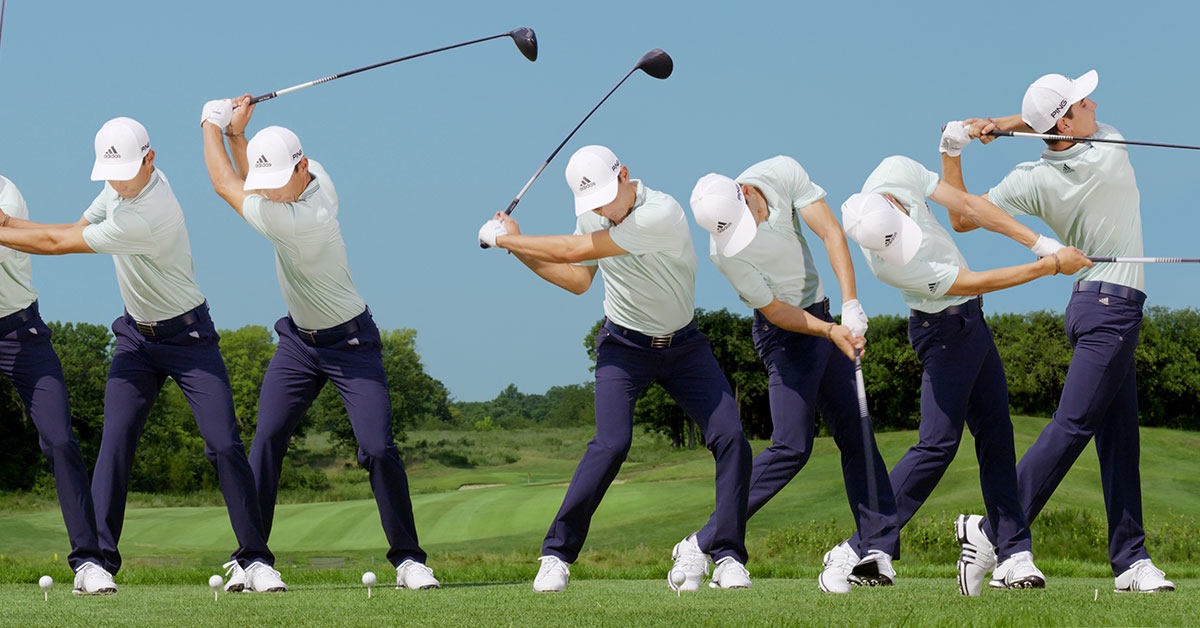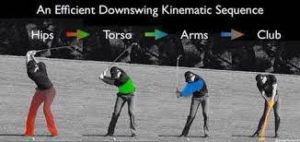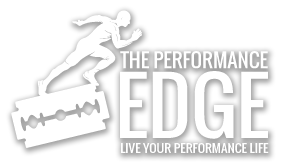Breaking Down Power in the Golf Swing-Part 2

Breaking Down Power in the Golf Swing-Part 2
In Part One of the series we explained the physics behind power and its relationship to strength. We addressed some of the confusion surrounding power development in the golf swing and the necessary continuum required initially to lay a foundation for power. We identified the four major power sources in the golf swing and touched on the kinematic sequence.
The kinematic sequence refers to the various segments of the body involved in a particular movement, how they store and release energy, and what timing, sequence and tempo occurs among the segments as the movement is being performed.

Each sport has its own unique and specialized movements, and each movement has a unique kinematic sequence. In golf we have isolated four distinct segments in the kinetic sequence. Hips (lower body), torso, arms and club. Think of the four major power sources (vertical thrust power, rotational power, wrist release power and opposite side power) and their relationship to the segments and the kinematic sequence.
When we take the club back we are loading the hips and lower body and creating a coiling effect around the trail leg. This ability to load the hips and coil like a spring is the trademark of a powerful swing.
Additionally, the best players in the world are able to create tremendous separation with precise sequencing between the segments during the swing.
What is separation? Think of a whip. The characteristic quality of a whip is the acceleration and deceleration of overlapping segments..the sum of which is a tremendous storing and releasing of energy. The first segment accelerates rapidly until it is stretched to its maximum distance in relation to the adjoining segment. As the first segment slows, the next adjoining segment is sling-shotted forward, at a great velocity, to catch up to the first segment.
This then puts the second segment the maximum distance from the third segment, which in turn is catapulted forward. This storing and releasing of energy, and the precise timing and sequence that each segment accelerates and decelerates is the kinematic sequence.
Another excellent analogy would look like this. Four sprinters are lined up in blocks. They have a rubber band attached at the waist, connecting them to the next sprinter in line. The gun goes off, but only the first sprinter takes off. When the first sprinter reaches the limit of his rubber band, plus the little extra stretch of the band, the second sprinter will be sling-shotted out of the blocks, and so on, and so on.
In the golf swing, the back-swing creates a loading of the hips and a coiling around the trail leg, as well as a weight shift. In the downswing the hips initiate the movement. The lagging of the torso behind the hips, the arms behind the torso and the club behind the arms is the separation and subsequent whip effect that creates power in the swing, as well as the weight shift from trail to lead leg that occurs at impact and follow through.

Its a fundamental misunderstanding of strength and power in the golf swing to think that going to the gym and lifting haphazardly, without a specific strategy and an understanding of golf bio-mechanics and kinematics will produce power (and with it distance) in the golf swing.
Even focusing on primarily lower body movements to strengthen the lower body can be misguided. Being strong in the lower body is a pre-requisite to being powerful, but an inability to properly load the hips in dynamic ranges and movements means that you are unable to access strength in such a way as to be impactful in relation to the swing. You must load to explode.
Specifically, referring back to P=F+V, can you load the hips, do you have the prerequisite strength,as well as mobility and stability to not only load but produce force, and can you use that strength dynamically and explosively to produce velocity? Power equals force times velocity.
The ability to load and coil the hips and lower body is vital to producing power and why vertical thrust is the number one power source in the golf swing. Show me an athlete swinging speed implements to improve club-head speed and my first response is to say, “let me see you squat and lunge.” Can you load your hips and ankles? Do you have an understanding of balance and weight distribution?
Now let me see you hop and jump. Jumping is accessing the vertical thrust power that is the primary power source of the golf swing. If you cant jump, than you cant load your hips, you cant sequence the loading and unloading of the kinematic chain. If you cant land then you lack the requisite decelerators required to control explosion.
Can you carioca? Specifically, can you move your upper and lower body independent of each-other. If you cant separate and move the different segments of your body in a coordinated fashion and independent of each-other then you cant coil and release energy.
What is the interaction, weight distribution and balance of the feet in relation to the ground? If you have poor awareness of the position of your feet in relation to your body and the ground, and you aren’t balanced well over your feet as you move, then you will be off balance in your weight shift and the power you generate in your hips will be displaced and bleed out everywhere other than through the ball.
If you lack the ankles knees and hips to do any and all of these things (your joints are painful and stiff and incapable of performing any of these movements without pain)….chances are you’re missing out on a big slice of your potential power.
All of these factors must be considered as prerequisites to power. In many cases people are having a hard time keeping up with the demands of the swing they already possess. The cost of doing business is high. Pain, stiffness and in general being under-powered. Because they lack many of the fundamental considerations listed above, not only are they under-performing, but the cost is often manifested in injuries.
As a coach, fitness and medical professional, its my job to make sure that we maintain what we have before we ask for more. Longevity trumps performance gains. Asking people to own what they already have before we try to stack more on top is intelligent and sustainable.
All things being equal, with all the above considerations taken into account, is it any wonder people are really confused about what constitutes golf fitness? If you aren’t even clear about the path to fitness, how can we ever hope to tread the hollowed ground of performance?
Stay Tuned for Part 3 of Developing Power in the Golf Swing-Part 3
Coach Don Stanley is a TPI Certified Fitness, Medical, Juniors and Power Certified Professional. Don is a professional strength and performance coach and licensed manual therapist.
https://www.mytpi.com/experts/theperformanceedge@yahoo.com
